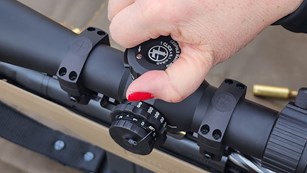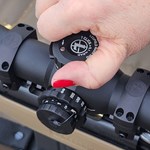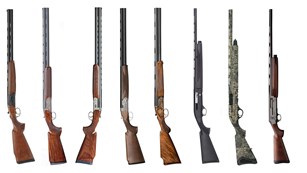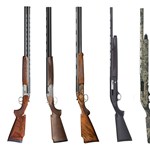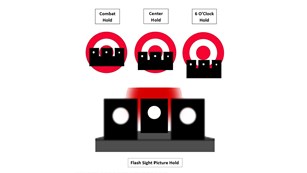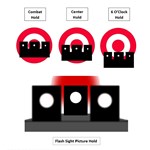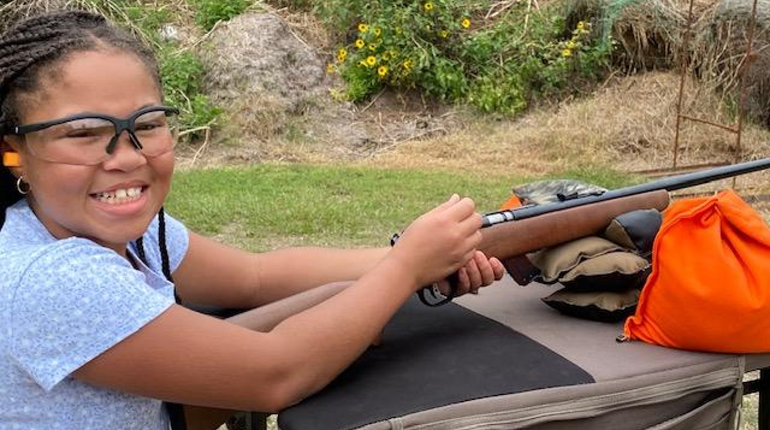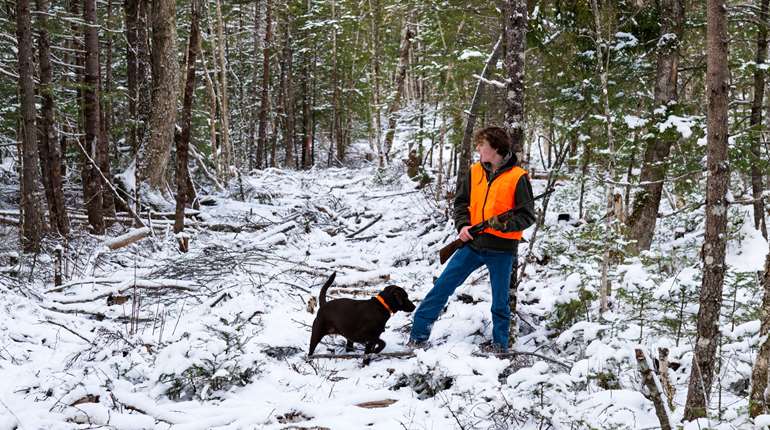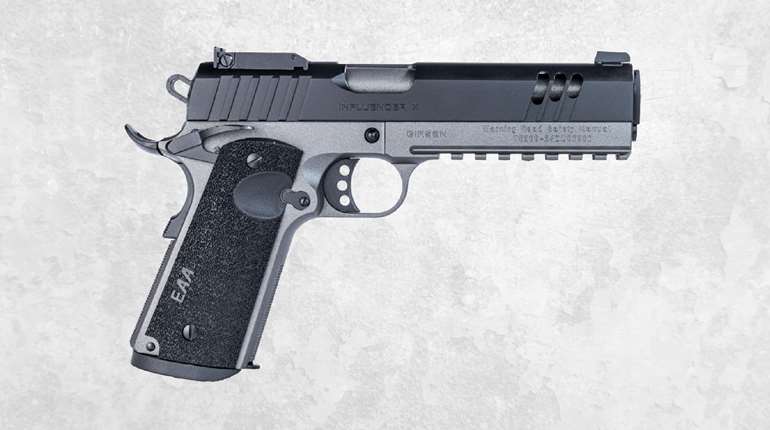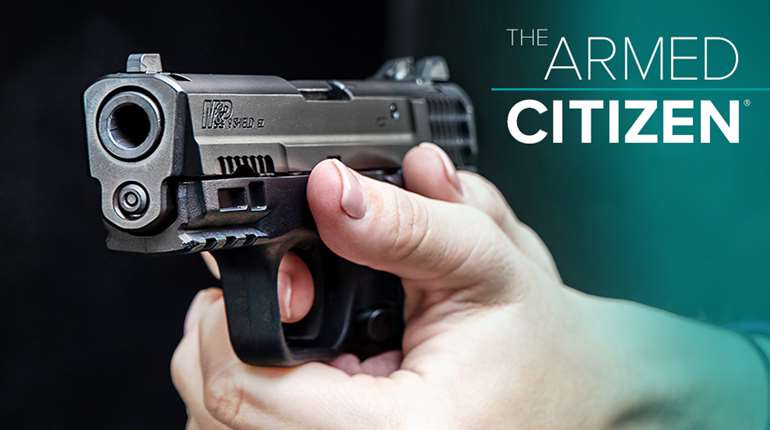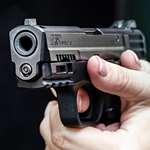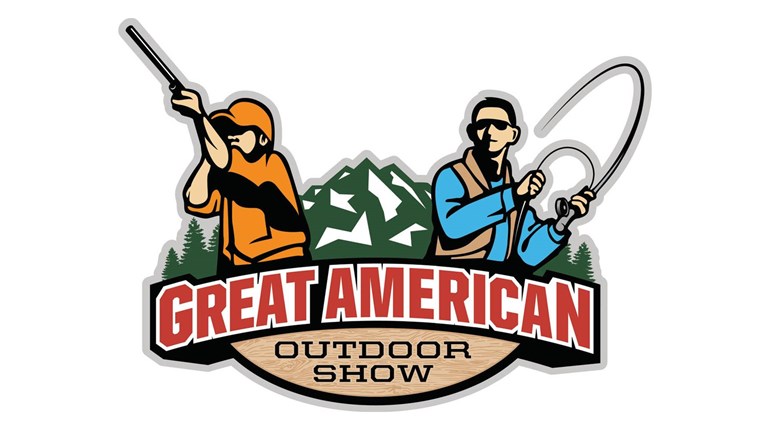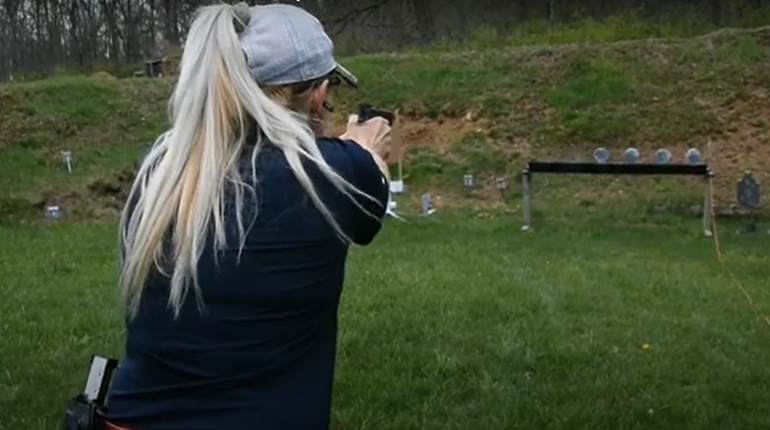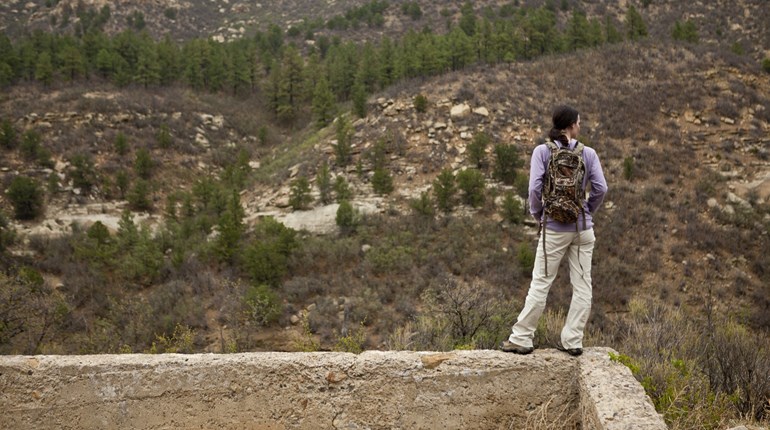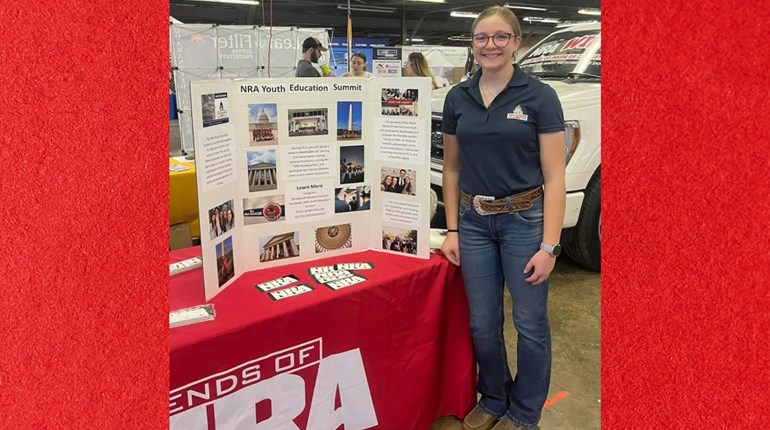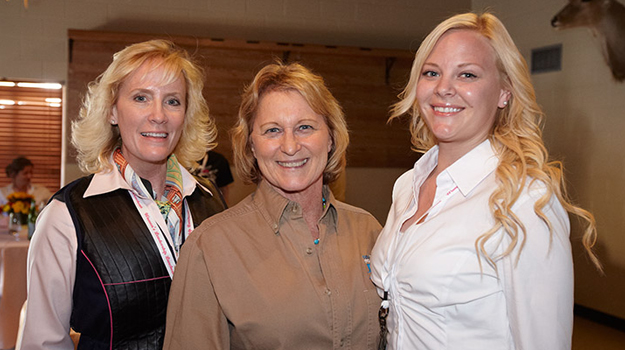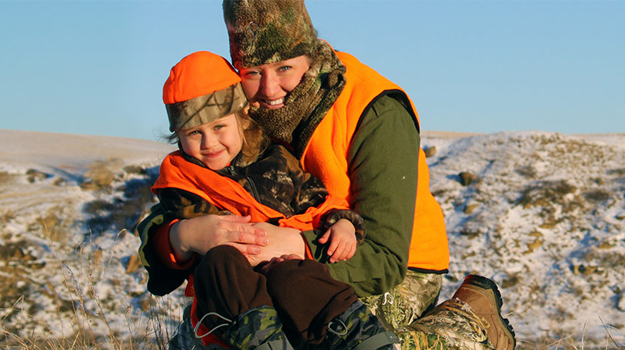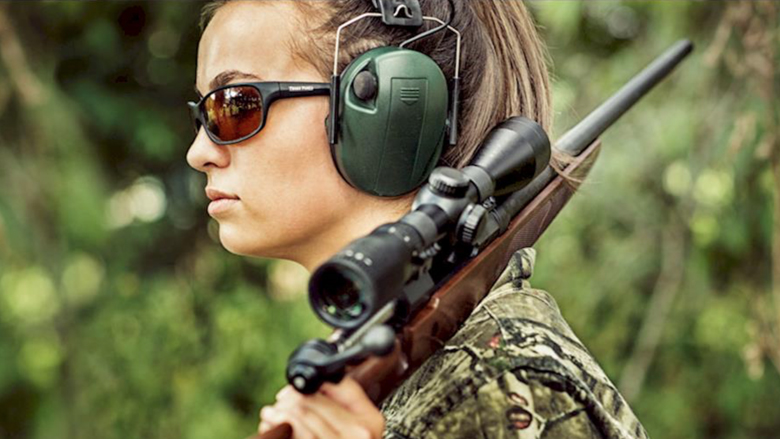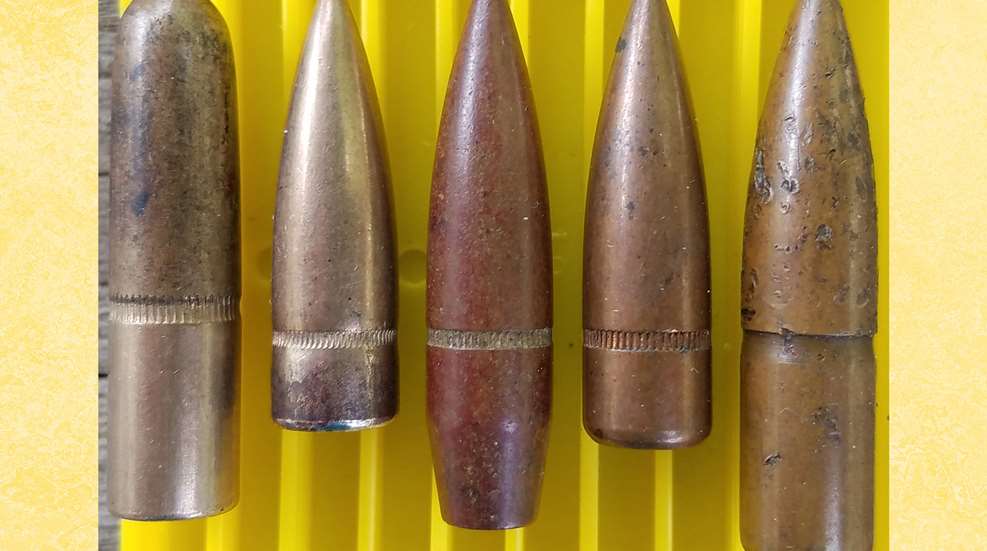
Ballistic Coefficient (BC) is a common phrase among shooters that refers to a bullet or a projectile’s performance. A projectile’s BC is its ability to overcome air resistance as it travels to the target. In other words, Ballistics Coefficient (BC) is the bullet or projectile’s ability to resist air drag, or how aerodynamic it is.
Bullets with a pointed tip have a higher BC than a projectile with a blunt, flat or round tip. Additionally, boat-tail bullets with a tapered base have a higher BC than a projectile with a flat base the same diameter of the body or caliber because it adds to the aerodynamics performance. Boat-tailed bullets have the highest BC, Spitzer bullets have a lower BC than boat-tail, and round nose bullets have the lowest BC.
Projectiles with high BC will have a flatter trajectory, travel further, and take longer to slow down than a bullet with a low BC. The higher the coefficient value, the more resistant a projectile has to air drag. As a rule, heavier bullets that have a pointed tip and boat-tail rear design will have a higher Ballistic Coefficient. This is important, especially to big game hunters, because of the need for terminal performance in taking down large animals. On average, it takes a big game projectile 1,800 feet per second (f.p.s.) impact speed to do what it is supposed to do. This performance determines how deep the projectile penetrates to reach the vital organs and mushroom to create a large wound cavity. This ensures retrieval of game and limits wounding loss.
Another benefit to shooters is that projectiles that have a high BC are less likely to be affected by crosswinds. This is due to a bullet’s ability to get to its intended target faster. If you have ever been hunting in the Texas Panhandle, Colorado, Wyoming or Montana, you know what I am talking about. It is not uncommon to have wind gusts of 50 mph or more in these states.
BC or resistance to air drag, is given a numerical value. The ballistic coefficient values range from 0.12 to 1.00. Think of it like throwing a football versus throwing a baseball. The heavier and pointed leather football can be thrown further, more accurately, and with less trajectory than the lighter and round baseball. For example, a Hornady 150-gr. Superformance .30-06 Sprg cartridge has a BC of .418, and a Hornady 50-gr. Superformance .223 Remington cartridge has a BC of .164.
There are many formulas that are used to derive a BC. This is because bullets come in so many different shapes and sizes. This means that each bullet shape and size create different air drags. Different bullet types, or drag curves, are given a different value for different formulas. These include:
G1 – also called Ingalls, these bullets have a flat base with an Ogive blunt nose
G2 – also called the Aberdeen J Projectile, these have a 6-degree boat-tail base with a conical nose
G5 – these projectiles have a short 7.5-degree boat-tail base with a 6 calibers long tangent ogive nose
G6 – these projectiles have a flat base with a 6 calibers long secant ogive nose
G7 – these projectiles have a long 7.5-degree boat-tail base with a 10 calibers long tangent ogive nose
G8 – these projectiles have a flat base with a 10 calibers long secant ogive
G7 – these projectiles have a blunt lead nose
Coefficient is derived by the mass of the object divided by its diameter in the airflow squared, divided by the form factor, i. Form factor i, relates to its shape. In this model, the standard coefficient value for i, is 1. If the drag is lower the value is less than 1 and if the drag is higher, the value is more than 1.
Many ammunition manufacturers are no longer producing low BC cartridges such as Round Nose in heavier hunting rounds such as .30-06 Sprg, .308 Win, .300 Win Mag, etc. because of the increased performance in taking down large game.
Ballistic Coefficient (BC) is a very important factor to consider, especially for hunters. A bullet with a high BC is more important for ethical shots the result in a quick and clean kill. Most ammunition manufacturers advise against taking extremely long shots that could result in wounded game. The concept of BC can be very confusing, especially in the formulas that are used to derive the value. Just remember, when looking at two different types of ammunition of the same caliber by different manufacturers with different BCs, decide what you want to accomplish with your shots and when in doubt—Go Big!
